-

Bravado by William Trevor Short Story Analysis
If you think you’re too old to write about contemporary young characters, take your cue from Irish short story master William Trevor, who wrote “Bravado”, about young people and night-clubbing culture, at almost 80 years of age.
-

The Illustrations of Charles Keeping
Charles Keeping (1924 – 1988) is one of my favourite 20th century illustrators. He rose to prominence by illustrating Rosemary Sutcliff’s historical novels for children: I have always had a strong feeling that Charles was a true genius… it is my belief that he came to maturity very slowly (not in terms of technique, at…
-
A Sound of Thunder by Ray Bradbury Analysis
“A Sound of Thunder” is a science fiction short story by American writer Ray Bradbury, first published in 1952. He set this story 100 years into his future, and just 30 years into ours.
-
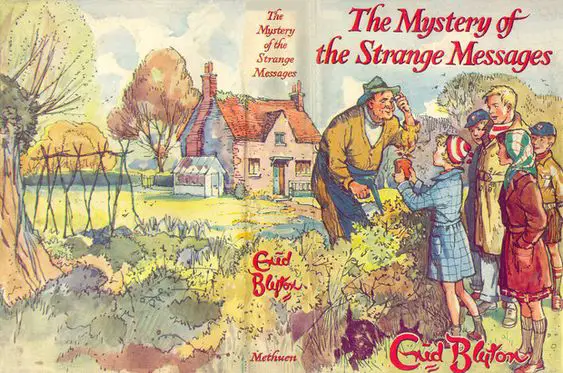
Defamiliarisation and the Estrangement Effect in Literature
If writing novels—and reading them—have any redeeming social value, it’s probably that they force you to imagine what it’s like to be somebody else. Margaret Atwood, Second Words Strangeness is a necessary ingredient in beauty. Charles Baudelaire Don’t Forget How Strange This All Is from Raptitude WHAT IS DEFAMILIARISATION? [Defamiliarisation is] taking something and trying…
-
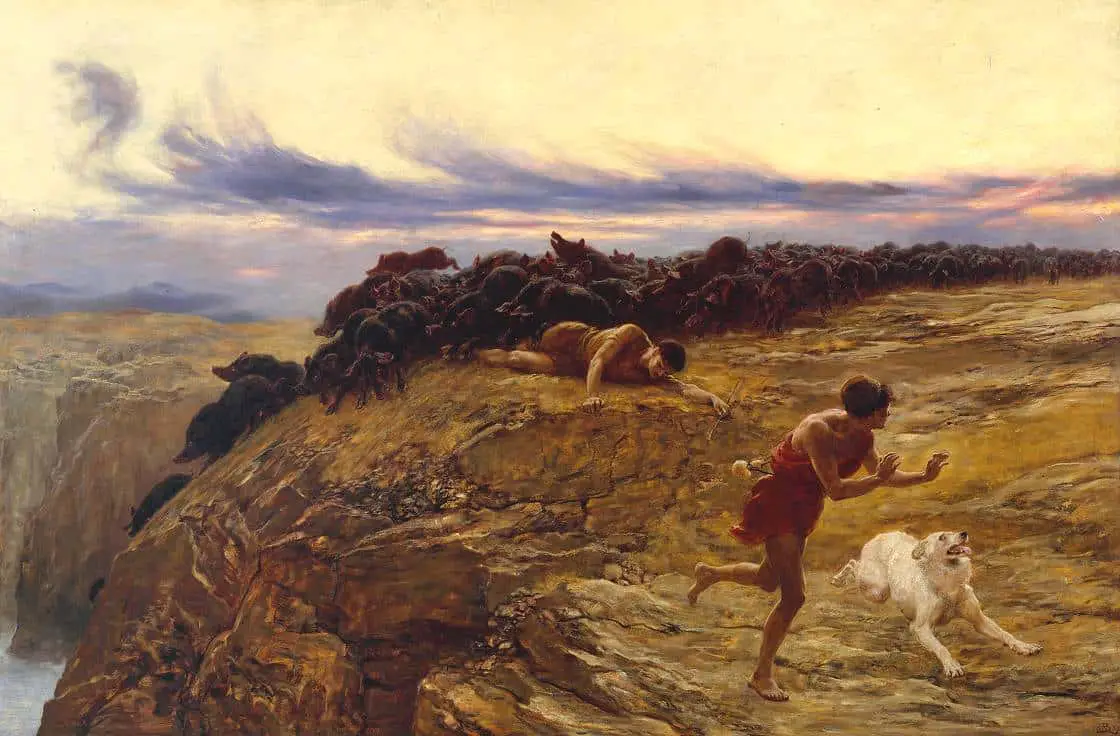
Narrative Structure of a Miracle Story
LITTLEWOOD’S LAW Around once per month, each of us experiences a “miracle” (an event with odds of one in a million). Across the world miracles are literally happening all the time, but because there are so many of them we perceive them as mundane. @G_S_Bhogal No luck was dumb because luck was just another name…
-
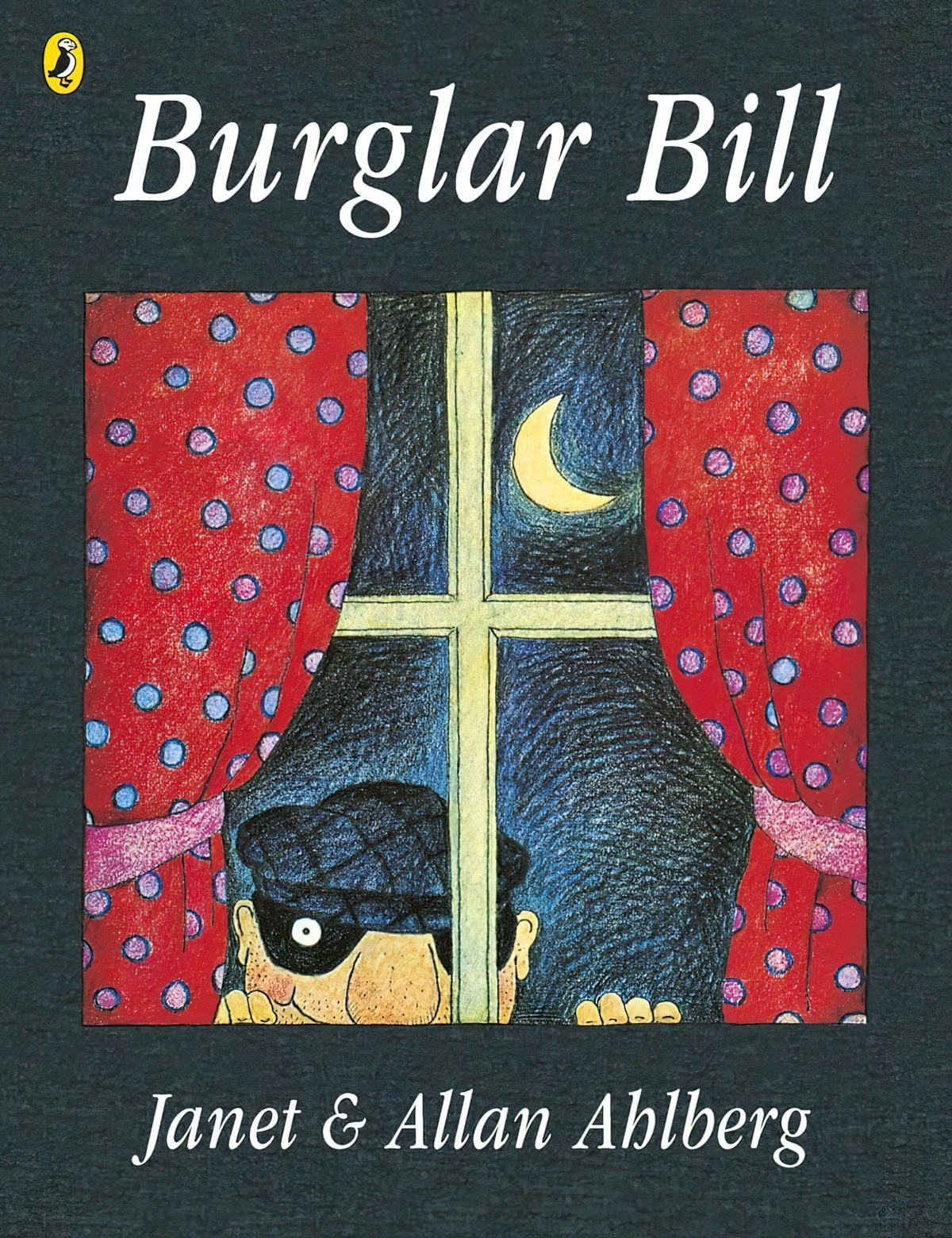
Burglar Bill by Janet and Allan Ahlberg Analysis
Burglar Bill is a picture book by Janet and Allan Ahlberg, first published in 1977. There are a number of picture books about burglars who break into houses at night, one of a child’s greatest fears going to sleep. Burglars can be found all across children’s literature. (Enid Blyton loved burglars.)
-
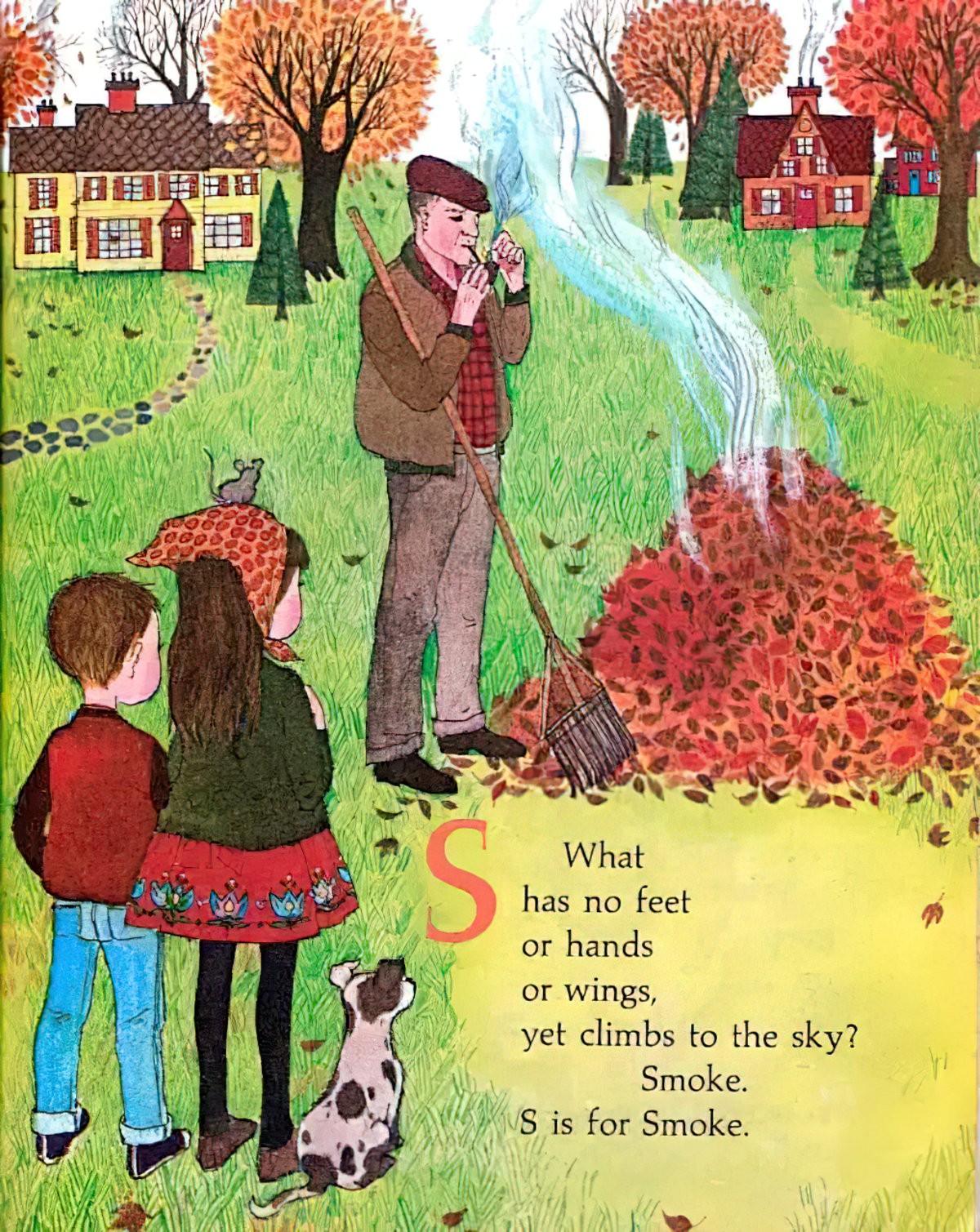
Fire in Art and Storytelling
Effulgent: (literary) shining brightly; radiant Lambent: (literary) (of light or fire) glowing, gleaming, or flickering with a soft radiance. Lucent: (literary) glowing with or giving off light. Refulgent: (literary) shining very brightly
-

Amos and Boris by William Steig Analysis
Some picture books have an Aesop fable at their base. Amos and Boris is one such picture book, written and illustrated by William Steig (1971).
-

Dischism, False Interiorization, White Room Syndrome
Dischism: Intrusion of author’s physical surroundings or mental state into the narrative.
-
The Difference Between Story and Discourse
What Is Discourse? ‘Discourse’ is a conveniently loose term, and can refer to: 1. Linguistic Discourse — generally refers to specific discourse types such as the discourse of parent-child conversations, boss-employee conversations, dinner table conversations versus schoolyard conversations… 2. Narratological Discourse — the means by which a story and its significance are communicated. Aspects such…
-
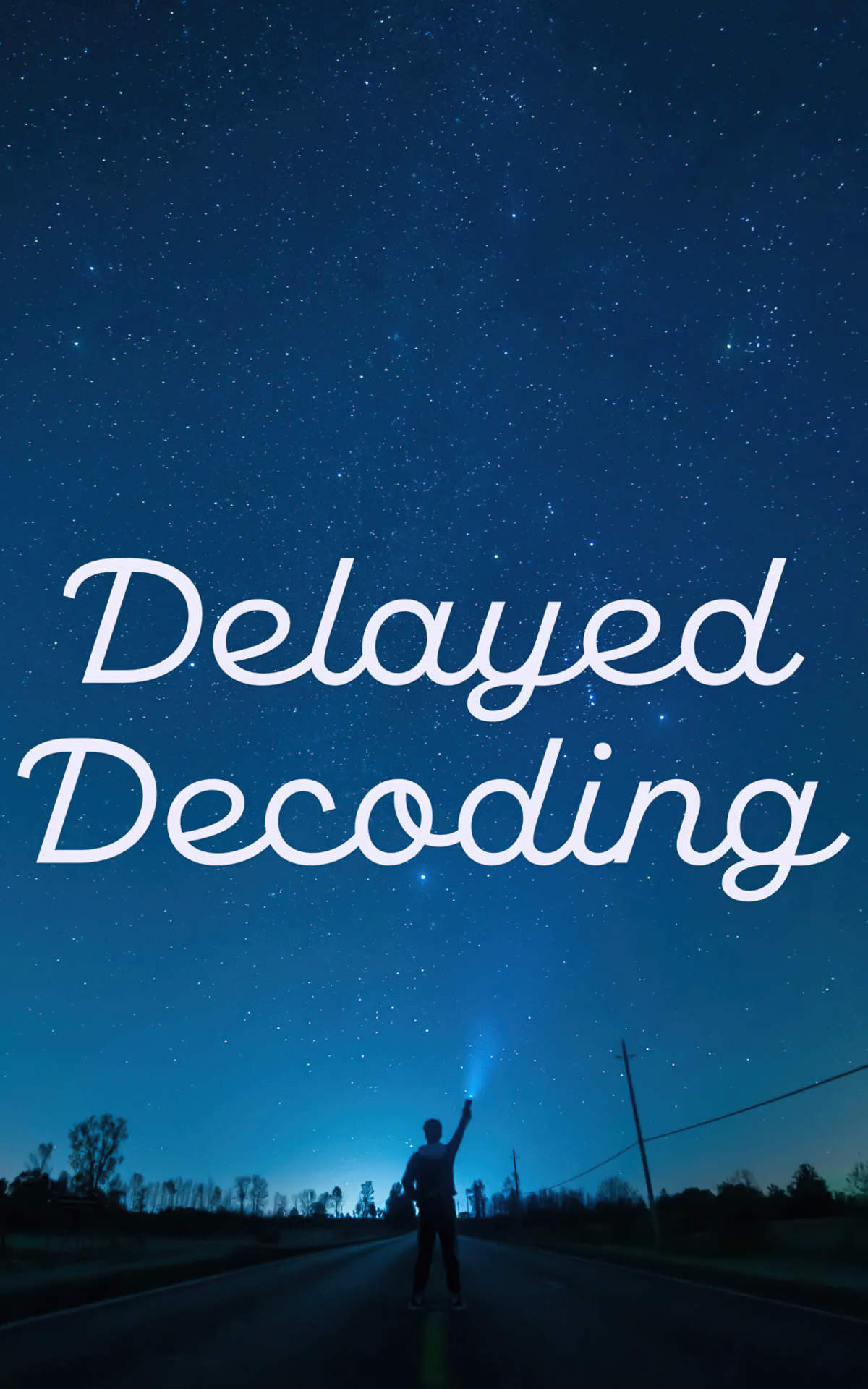
What is delayed decoding?
Delayed decoding is a technique used by the Literary Impressionists and writers who came after. The term was coined by Ian Watt in a 1972 lecture “Pink Toads and Yellow Curs: An Impressionist Narrative Device in Lord Jim”. Joseph Conrad is well-known for using this technique.
-
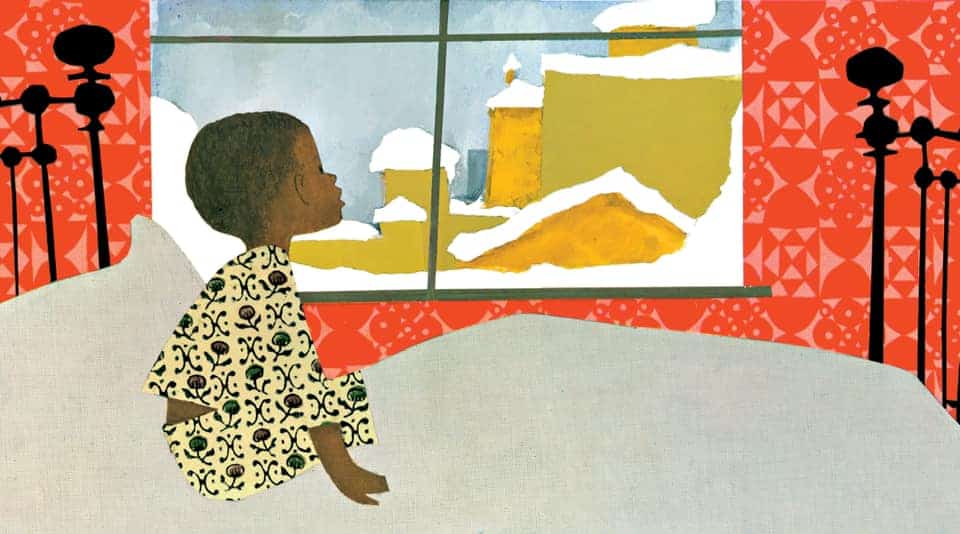
The Snowy Day by Ezra Jack Keats Analysis
The Snowy Day (1962) is a famous American picture book by American author Ezra Jack Keats.
-
A Glossary of The Underworld
Since we’re all going to hell (by someone’s rules), here is a glossary of terms you may need before you get there. I’d provide a map, but that is coming. ACHERON One of the Five Rivers of the Realm of Hades, according to Ancient Greeks. This is an actual river located in northwest Greece. The…
-
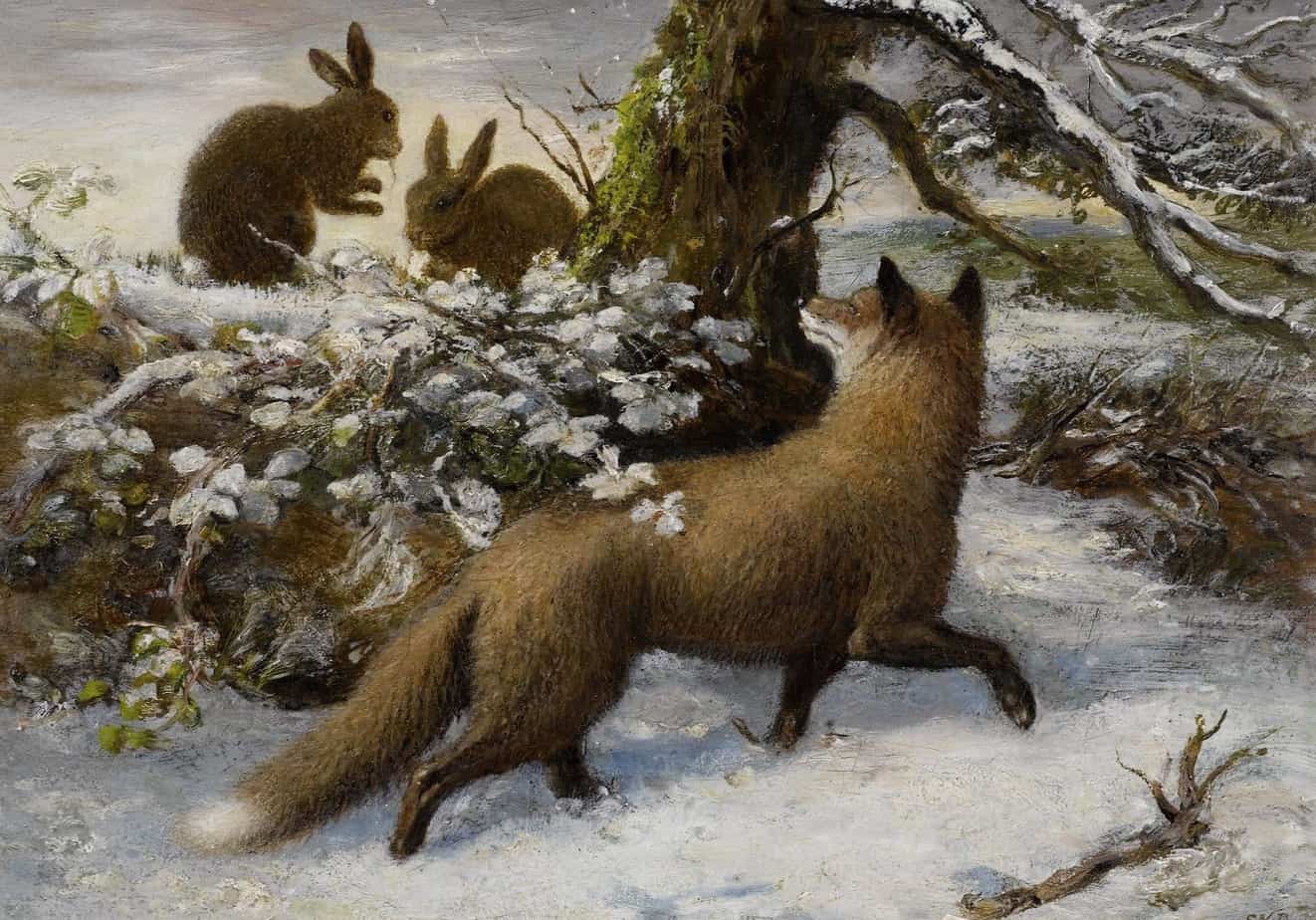
Foxes In Children’s Literature
A fox is a wolf who sends flowers. Ruth Weston FOXES IN FOLKTALES These summaries are from Baughman’s Type and Motif Index of the Folktales of England and North America by Ernest Warren Baughman, 1966. Read through these story summaries and you’ll get a good idea of how coats have been used throughout history. Can you see patterns? Arthur…
-
Fear of Engulfment in Storytelling
There’s a very good reason why girls should be told the truth about baby-making as soon as they ask: If she’s old enough to be asking, she’s old enough to be worrying.